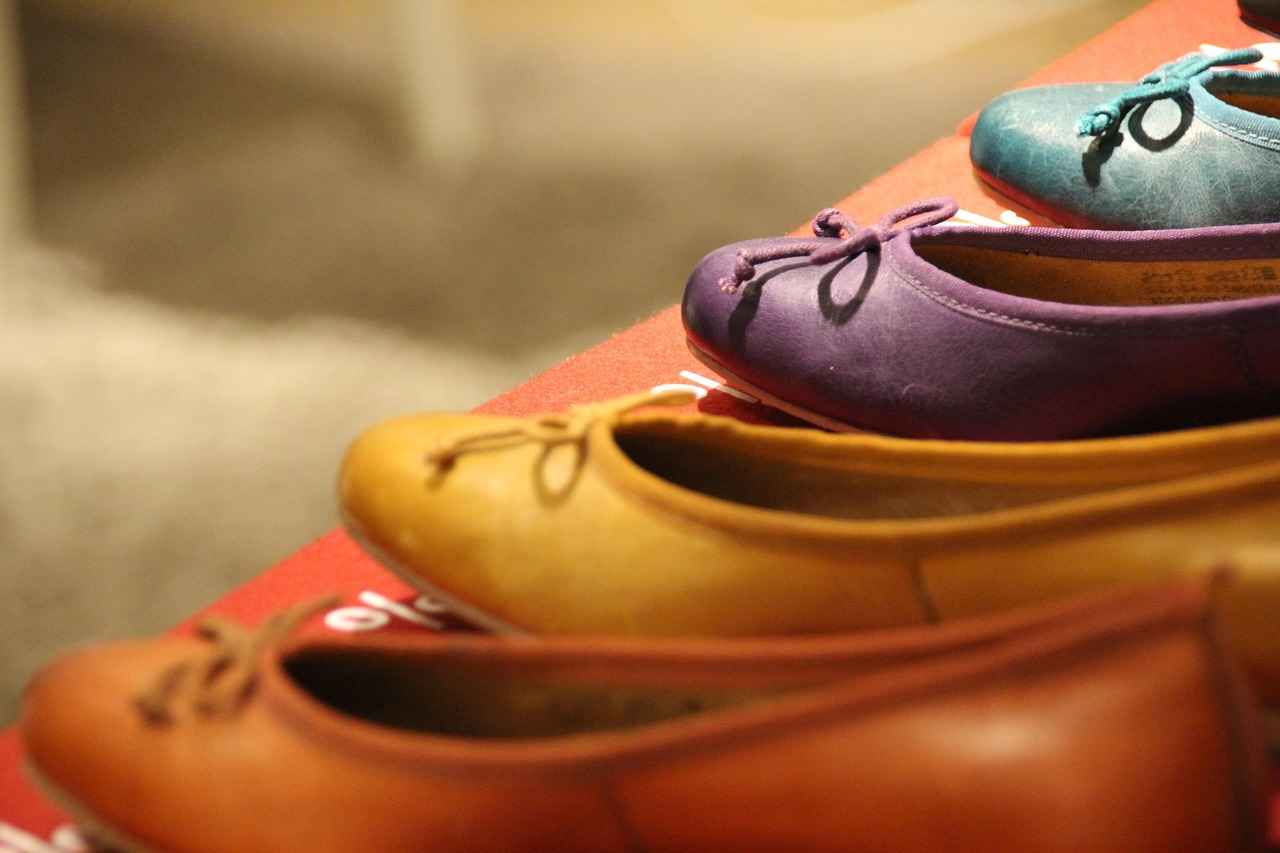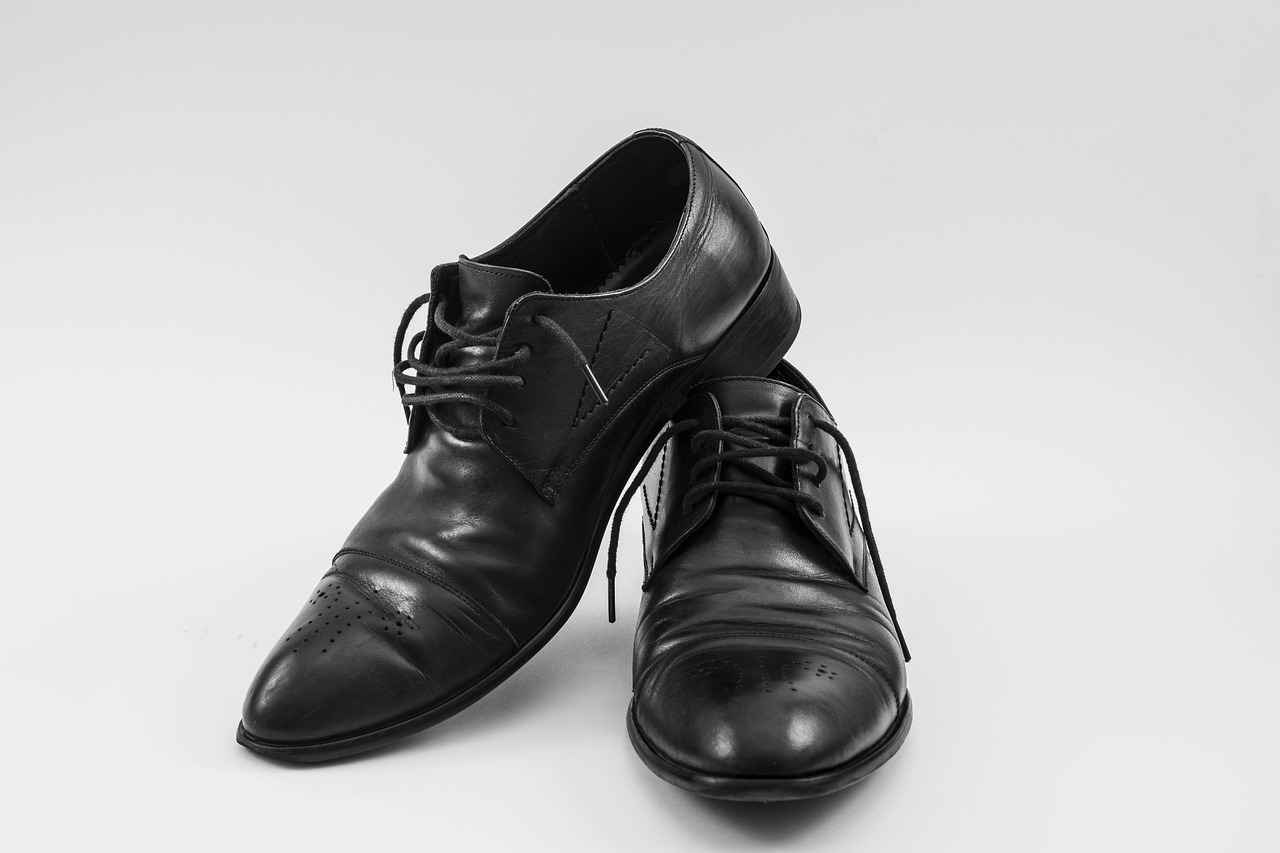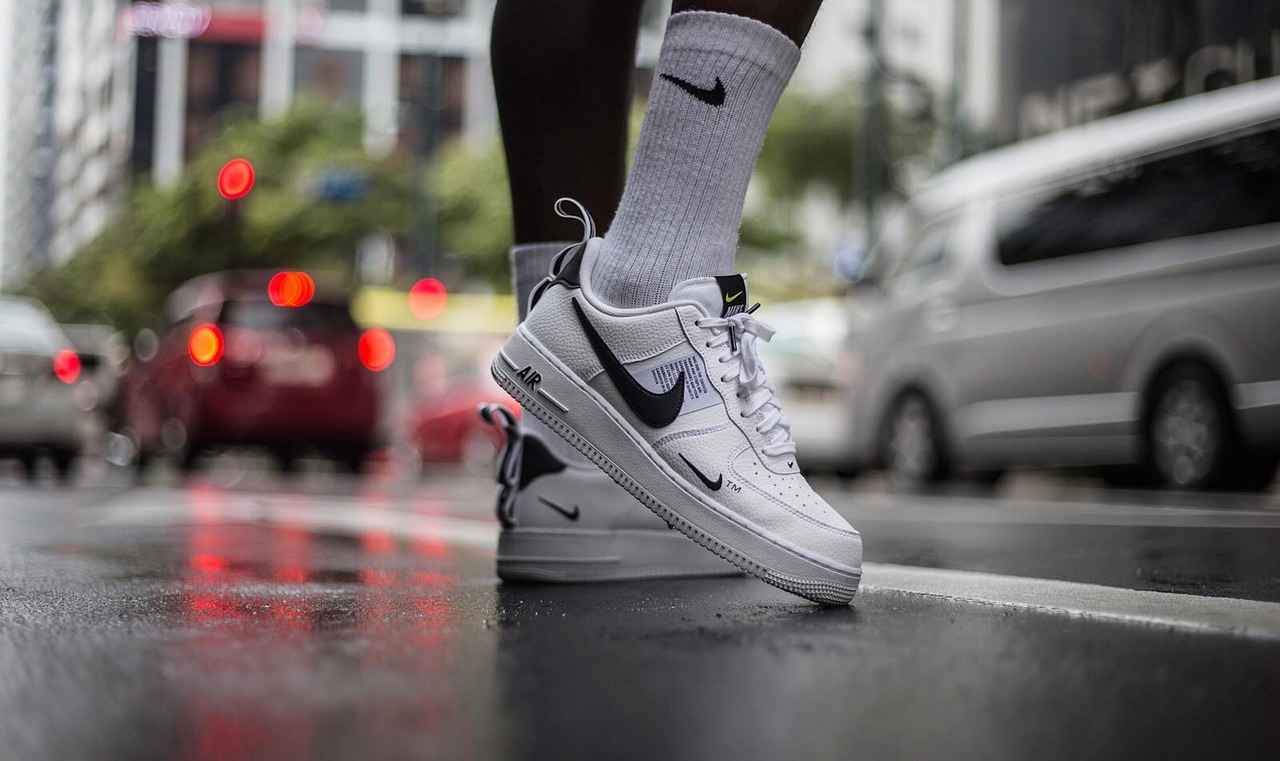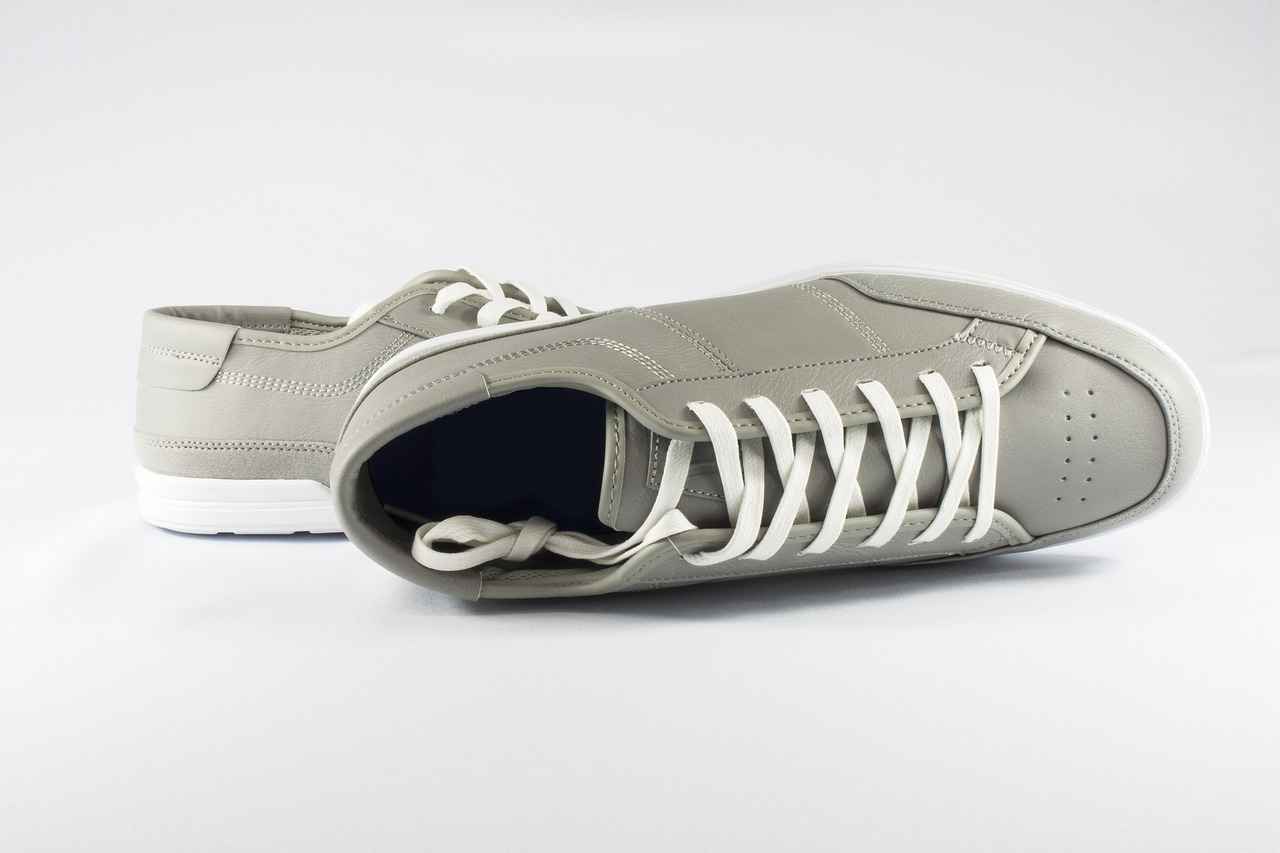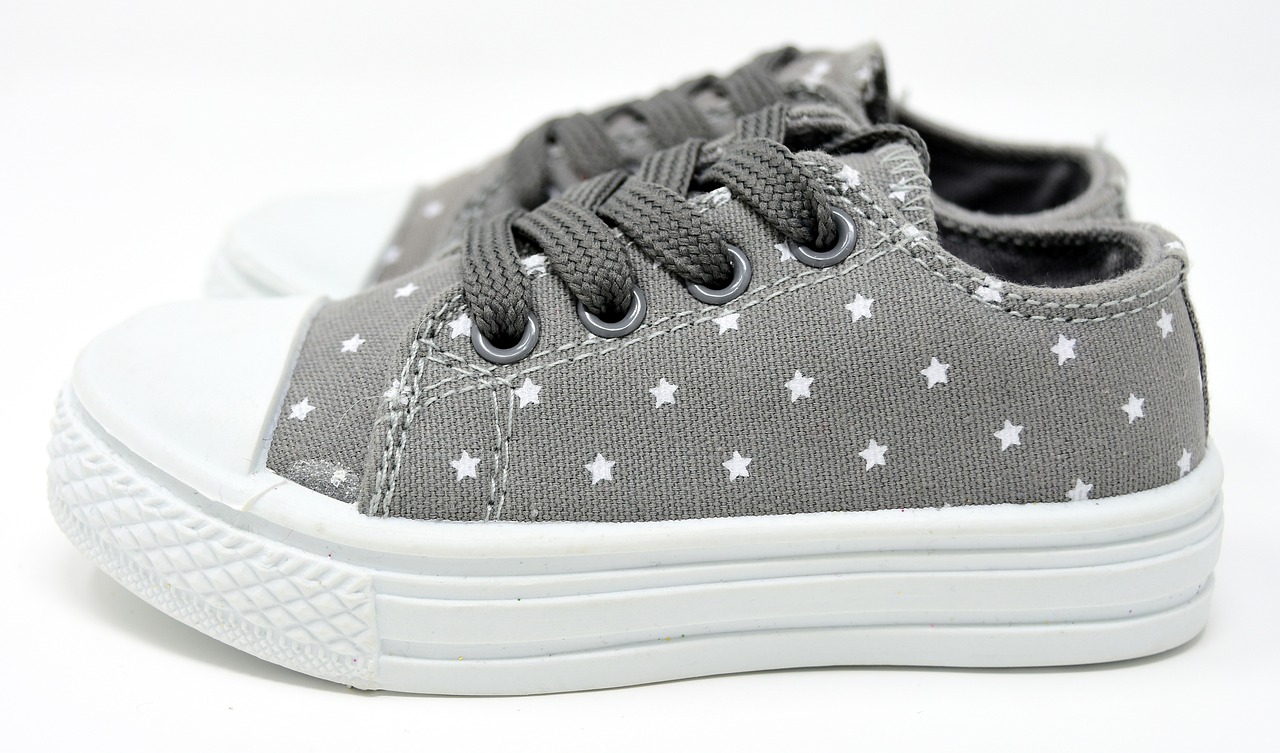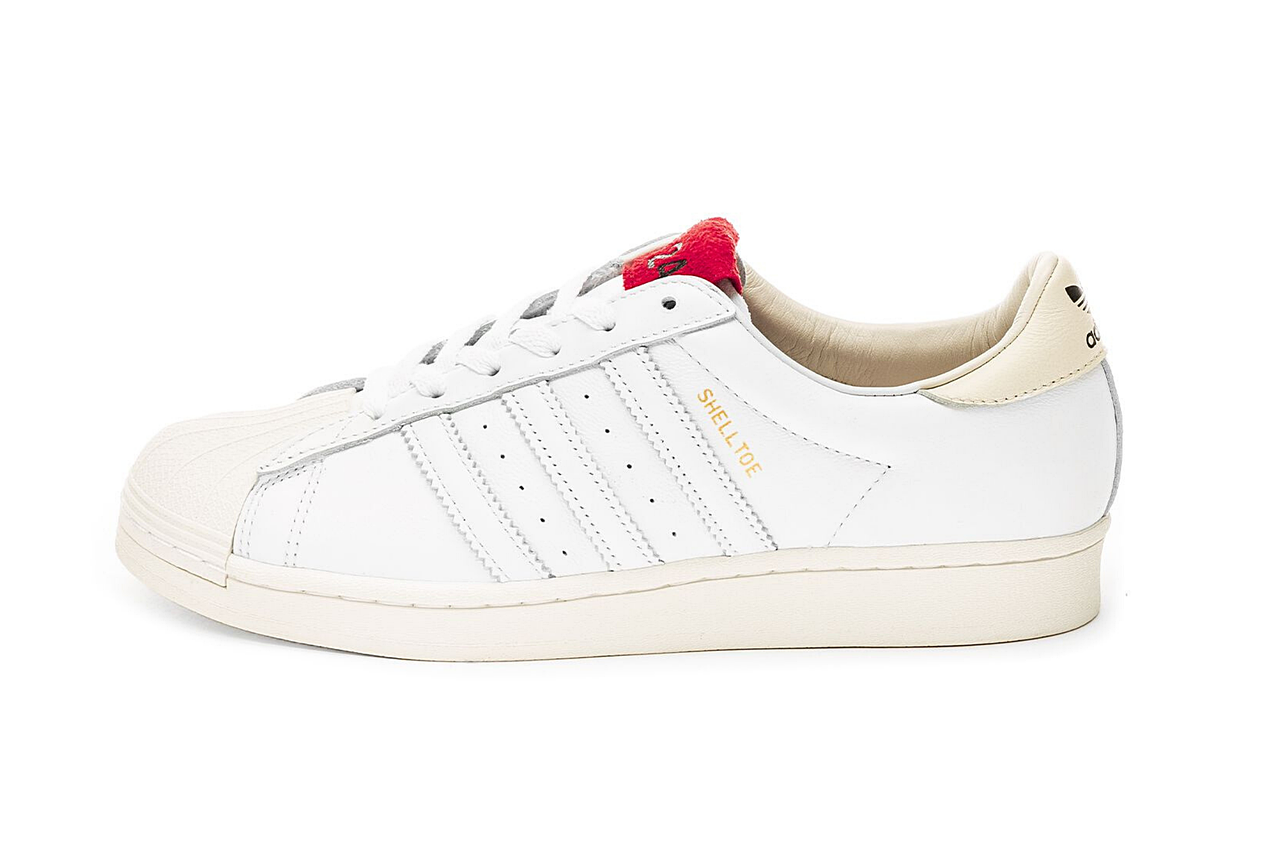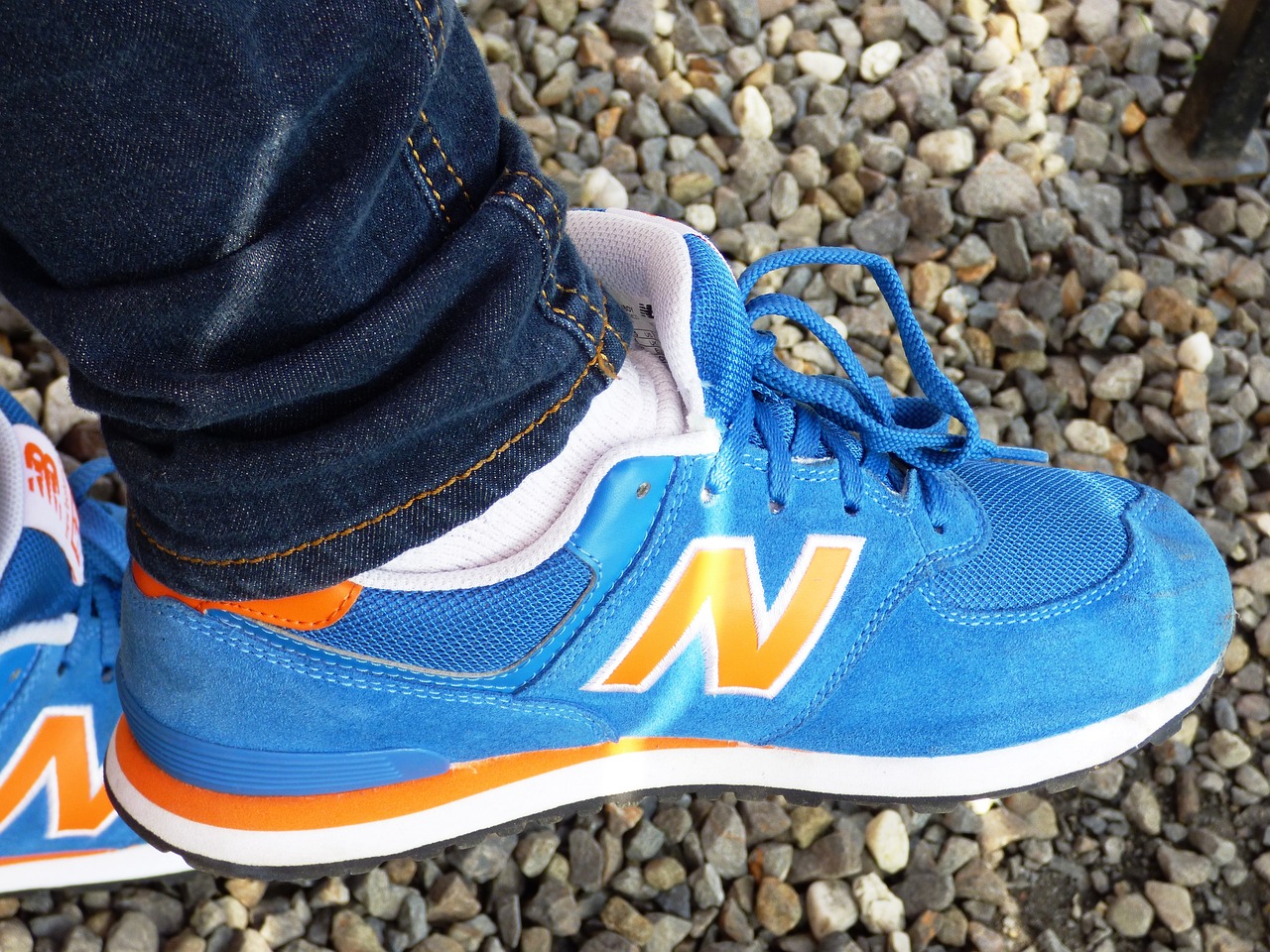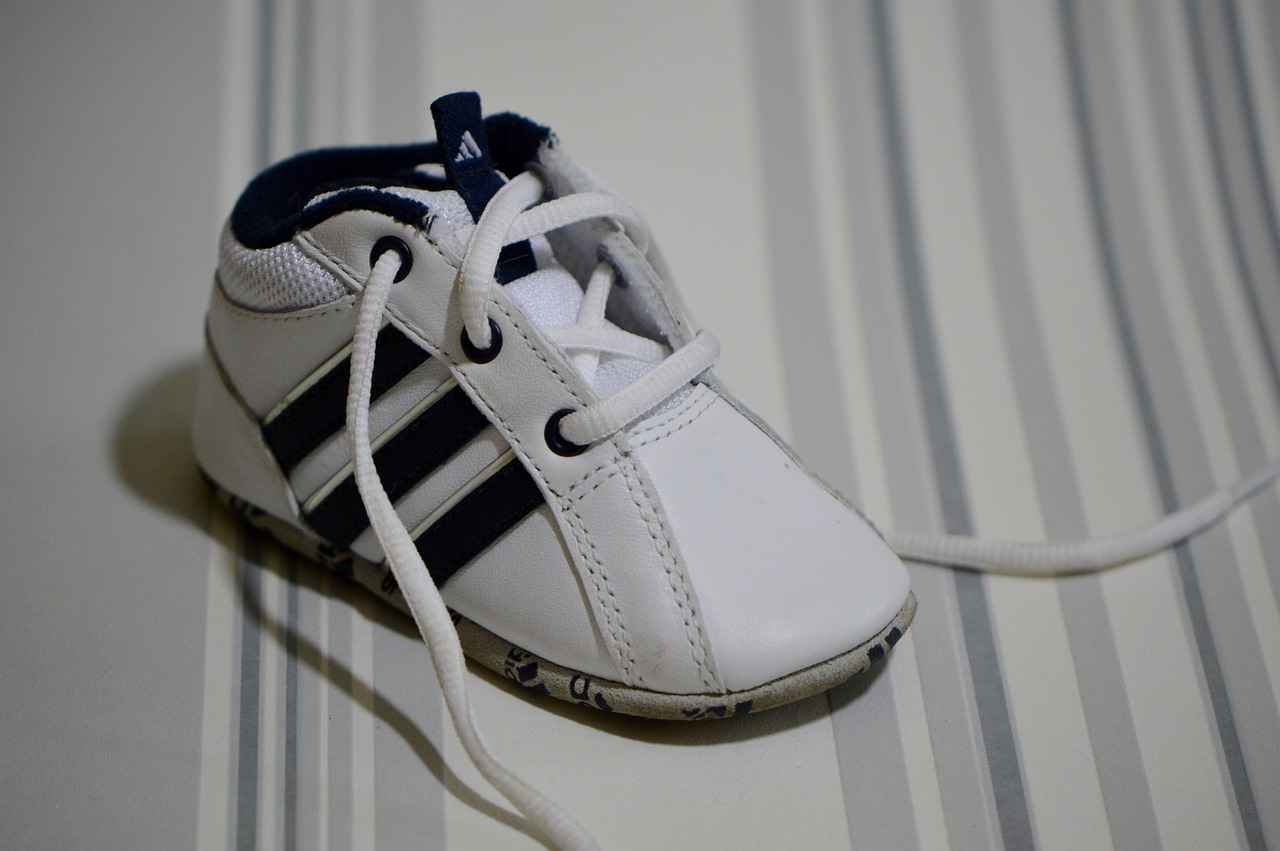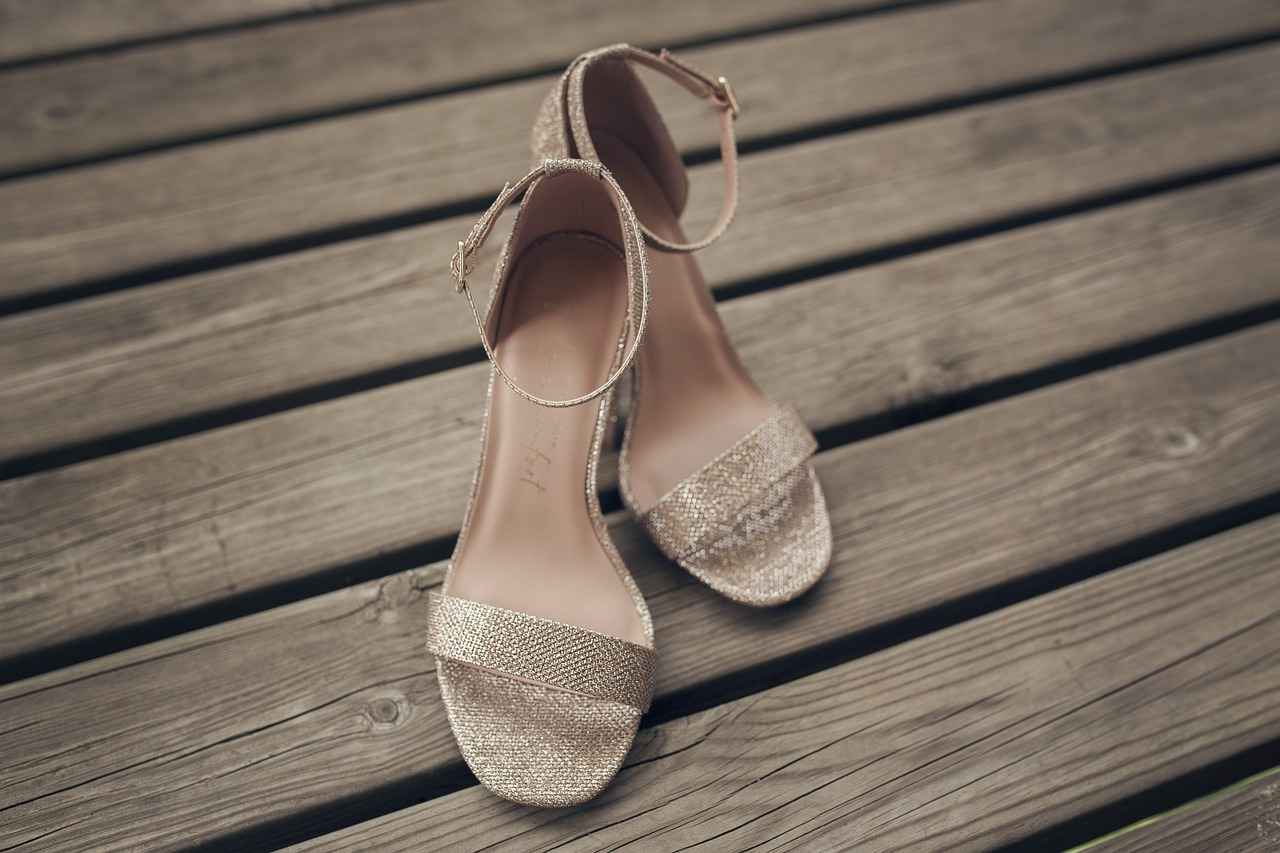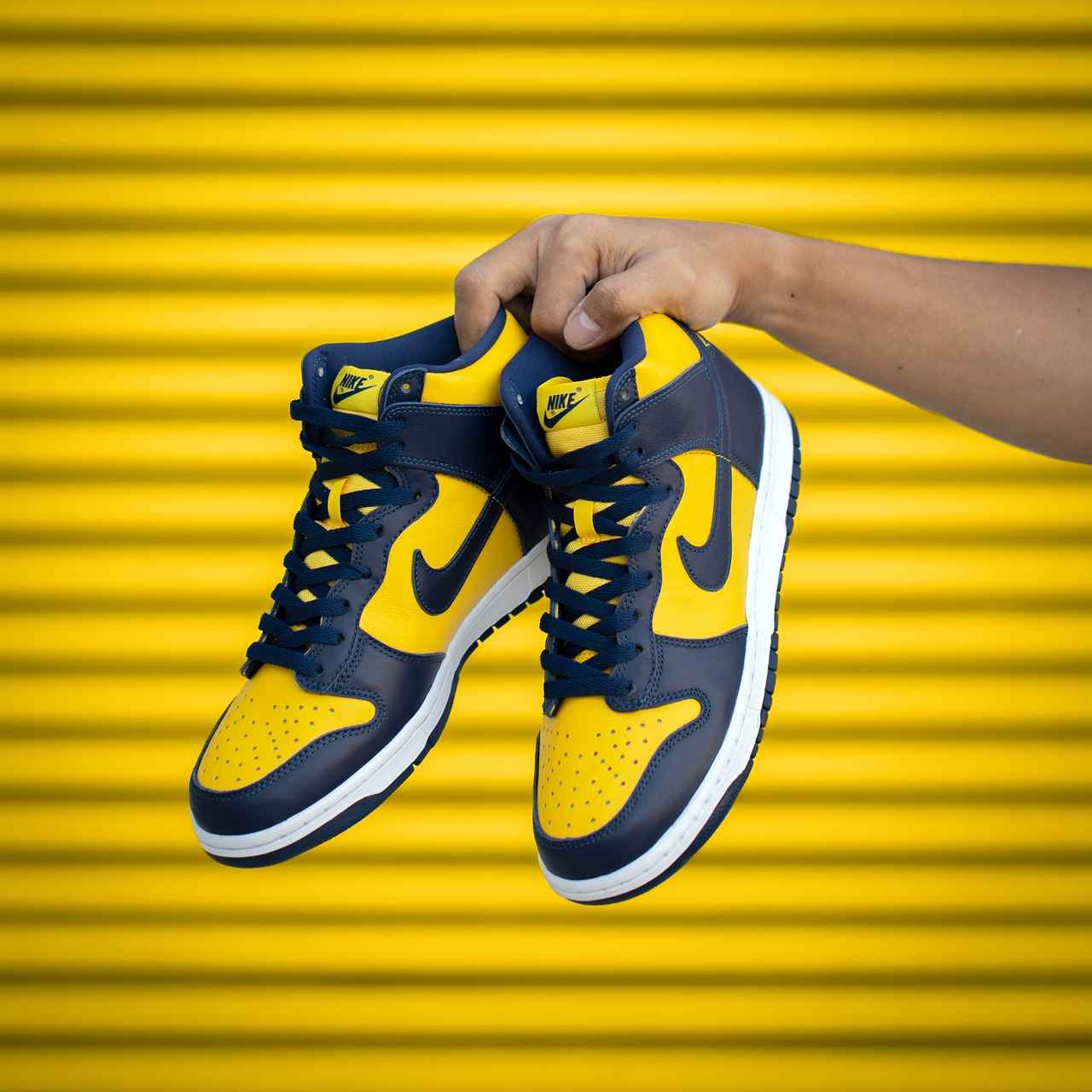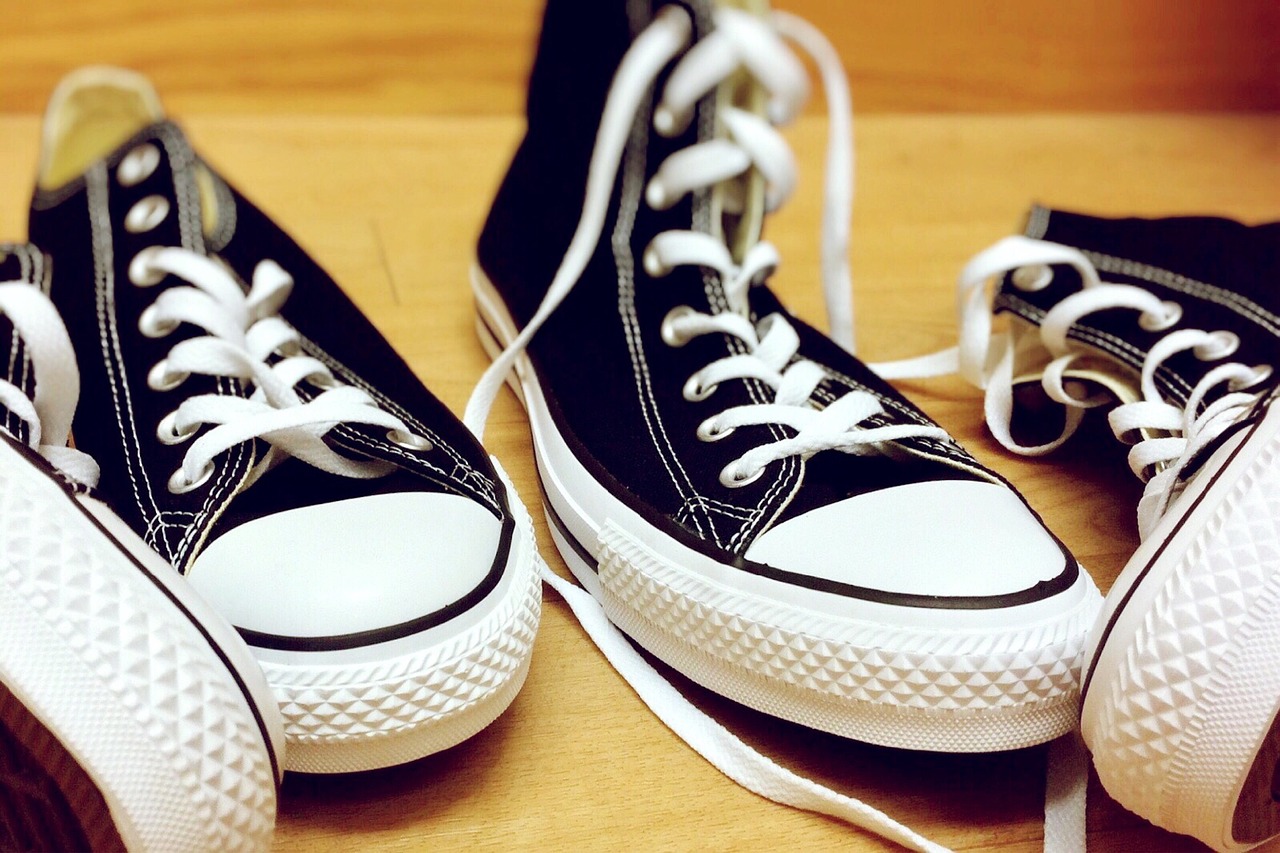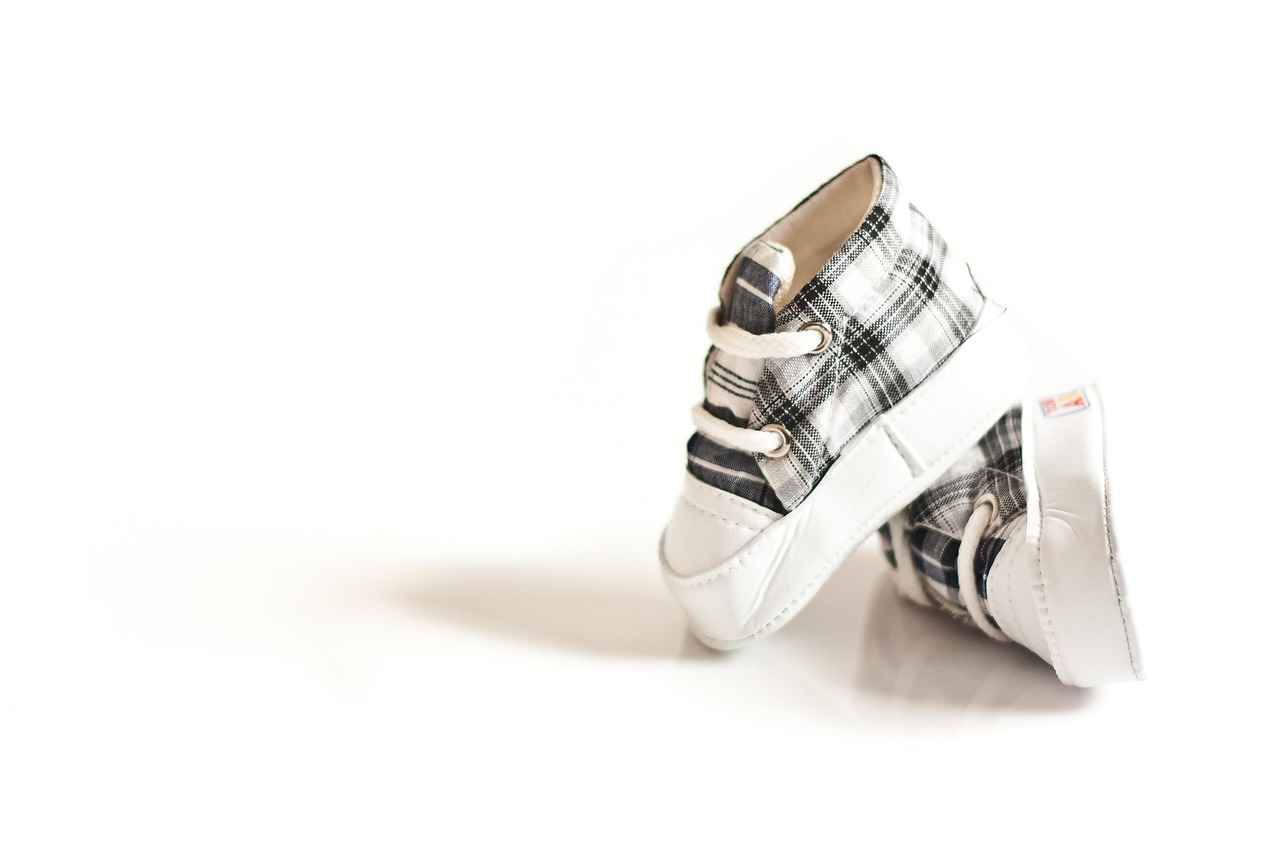This article delves into the fascinating journey of New Balance, tracing its rich historical roots and assessing its contemporary significance in both the athletic and fashion sectors. With a unique blend of performance and style, New Balance has carved out a distinctive niche that resonates with a diverse consumer base.
The Origins of New Balance
Founded in 1906, New Balance began as a manufacturer of arch supports, aimed at enhancing foot comfort. This humble start laid the foundation for a brand that would revolutionize athletic footwear. By focusing on the needs of athletes, New Balance quickly established a reputation for quality and innovation.
The Rise of New Balance in Athletics
Transitioning from orthopedic footwear to a leading athletic shoe brand, New Balance experienced significant growth throughout the 20th century. Key milestones, such as the introduction of the first running shoe in 1960, solidified its position in the sports world.
Innovations in Athletic Footwear
New Balance is renowned for its commitment to innovation. Technologies like ENCAP and Fresh Foam have redefined comfort and performance in athletic shoes. These advancements enhance the running experience, offering superior support and cushioning.
Collaborations and Partnerships
Strategic partnerships have been integral to New Balance’s marketing strategy. Collaborations with high-profile designers and influencers have elevated the brand’s visibility, merging athletic functionality with fashion-forward designs.
New Balance in Popular Culture
Emerging from its athletic roots, New Balance has become a staple in streetwear. The brand’s presence in popular culture is bolstered by celebrity endorsements, which have significantly influenced consumer perceptions and trends.
Sustainability Efforts by New Balance
In response to growing environmental concerns, New Balance has implemented various sustainability initiatives. The brand is committed to using eco-friendly materials and practices, which resonate with environmentally conscious consumers.
Community Engagement and Social Responsibility
Beyond sustainability, New Balance actively participates in community initiatives, focusing on social responsibility and positive change. These efforts enhance the brand’s reputation and foster customer loyalty.
The Future of New Balance
As New Balance looks to the future, it aims to maintain its legacy of innovation while adapting to evolving consumer preferences. The brand’s commitment to quality and style positions it well for continued success in the competitive athletic and fashion markets.

The Origins of New Balance
New Balance, a name synonymous with quality and innovation in footwear, was established in 1906 in Boston, Massachusetts. Initially, the company focused on manufacturing arch supports designed to improve shoe fit and comfort. This early emphasis on foot health laid the foundation for what would become a globally recognized brand in the athletic footwear industry.
The founder, William J. Riley, was motivated by a desire to create products that enhanced the well-being of individuals. His initial venture into arch supports was driven by the belief that well-fitted shoes could help alleviate foot pain and improve overall health. This commitment to comfort and functionality became a core principle that would guide the company through its evolution.
As the demand for quality footwear grew, New Balance expanded its product line beyond arch supports. By the 1960s, the company began producing running shoes, marking its entry into the competitive athletic market. This transition was pivotal, as it allowed New Balance to tap into the burgeoning fitness movement that was gaining momentum across the United States.
| Year | Milestone |
|---|---|
| 1906 | Founded as a manufacturer of arch supports |
| 1960s | Expanded into running shoes |
| 1976 | Introduced the iconic 320 model, gaining popularity among runners |
The 1970s marked a significant turning point for New Balance as it gained recognition among serious athletes. The introduction of the 320 model became a favorite among runners, further solidifying the brand’s reputation for quality and performance. This era also saw the company’s commitment to producing shoes in the United States, distinguishing it from competitors who outsourced production.
Today, New Balance is celebrated not just for its rich history but also for its ongoing commitment to innovation and community engagement. By prioritizing both performance and style, the brand has successfully navigated the evolving landscape of athletic footwear, making it a beloved choice for athletes and fashion enthusiasts alike.

The Rise of New Balance in Athletics
New Balance’s journey from a humble orthopedic footwear manufacturer to a dominant force in the athletic shoe industry is a remarkable story of innovation and adaptability. Established in 1906, the company initially focused on creating arch supports to enhance comfort and foot health. This foundation set the stage for its evolution into a leading athletic brand, with several key milestones marking its ascent.
- 1920s: The First Athletic Shoe – In the 1920s, New Balance produced its first athletic shoe, designed specifically for runners. This marked the brand’s foray into competitive sports, establishing a commitment to performance.
- 1970s: Running Boom – The running craze of the 1970s propelled New Balance into the spotlight. The introduction of the 320 model, which offered superior cushioning and support, resonated with athletes and casual runners alike.
- 1980s: The “Made in USA” Campaign – During this decade, New Balance launched its “Made in USA” campaign, emphasizing quality craftsmanship and domestic manufacturing. This strategy appealed to consumers seeking authenticity and reliability.
- 1990s: Technological Advancements – The introduction of innovative technologies such as the ABZORB cushioning system and ROLLBAR stability system solidified New Balance’s reputation for high-performance footwear, catering to serious athletes.
- 2000s: Expanding the Product Line – New Balance expanded its offerings to include a variety of sports, from basketball to cross-training, ensuring that it met the diverse needs of athletes across disciplines.
These milestones not only highlight New Balance’s adaptability but also its dedication to enhancing athletic performance. By continually investing in research and development, New Balance has positioned itself as a leader in the athletic footwear market, appealing to both professional athletes and everyday fitness enthusiasts.
In summary, the rise of New Balance in athletics is a testament to its innovative spirit and commitment to quality. As the brand continues to evolve, it remains focused on meeting the ever-changing demands of athletes worldwide.
Innovations in Athletic Footwear
New Balance has carved a niche for itself in the competitive athletic footwear market through its unwavering commitment to innovation. The brand has introduced several groundbreaking technologies, most notably the ENCAP and Fresh Foam systems, which have significantly enhanced the performance and comfort of their shoes.
The ENCAP technology combines a supportive rim of polyurethane with a soft EVA core, providing exceptional cushioning and support. This unique design not only improves durability but also enhances stability during high-impact activities. Athletes have reported noticeable differences in their performance, attributing increased agility and reduced fatigue to this advanced technology.
On the other hand, the Fresh Foam technology revolutionizes the running experience by offering a plush, cushioned feel that adapts to the runner’s stride. This innovative foam is engineered to provide a lightweight and responsive ride, making it ideal for both casual joggers and serious marathon runners. The strategic placement of the foam allows for optimal shock absorption, ensuring that each step feels comfortable and supported.
These innovations have not only set New Balance apart from its competitors but have also established the brand as a leader in the athletic footwear industry. By focusing on the needs of athletes and incorporating cutting-edge technology, New Balance has created products that enhance performance while maintaining a commitment to style and comfort.
Furthermore, New Balance’s dedication to research and development ensures that they remain at the forefront of athletic footwear innovation. The company continually collaborates with athletes and experts to refine their technologies, ensuring that every new release meets the evolving demands of the market.
In summary, New Balance’s focus on innovation, exemplified by technologies like ENCAP and Fresh Foam, not only positions the brand as a leader in the athletic footwear industry but also underscores its commitment to enhancing the athletic experience for consumers worldwide.
Signature Technologies Explained
Understanding the unique technologies behind New Balance shoes is essential for consumers looking to enhance their performance and comfort. New Balance has a rich history of innovation, and this section delves into the significance of their advanced technologies.
| Technology | Description | Benefits |
|---|---|---|
| ENCAP | A combination of lightweight foam and a durable shell that provides support and durability. | Enhances stability and comfort, making it ideal for long-distance running. |
| Fresh Foam | An innovative cushioning system that delivers a plush, lightweight ride. | Improves shock absorption and provides a smooth transition from heel to toe. |
| REVlite | A lightweight foam that offers the same responsiveness and durability as traditional foams. | Reduces overall shoe weight without sacrificing performance. |
These technologies are not just marketing buzzwords; they represent a commitment to enhancing athletic performance and ensuring maximum comfort for the wearer. For instance, the ENCAP technology is particularly beneficial for runners who require both cushioning and support during intense training sessions. By integrating a robust outer shell with soft foam, New Balance creates shoes that can withstand the rigors of various athletic activities.
Moreover, the Fresh Foam technology stands out for its ability to adapt to the runner’s foot, providing a personalized fit that promotes natural movement. This adaptability is crucial for athletes who engage in diverse training routines, as it helps to minimize the risk of injury while maximizing comfort.
In summary, the innovations behind New Balance shoes play a pivotal role in enhancing both performance and comfort. By understanding these technologies, consumers can make informed choices that align with their athletic needs and preferences.
Impact on Performance
The performance benefits of New Balance shoes are significant and multifaceted, catering to the diverse needs of athletes across various disciplines. With a commitment to innovation and quality, New Balance has developed a range of technologies that enhance both training and competition experiences.
One of the key innovations is the Fresh Foam technology, which provides superior cushioning and support. This technology is designed to absorb impact during high-intensity activities, reducing fatigue and allowing athletes to train longer and harder. The plush, responsive feel of Fresh Foam helps maintain energy levels, which is crucial during competitive events.
Another notable feature is the ENCAP midsole, which combines lightweight foam with a durable rim of polyurethane. This design offers both cushioning and stability, making it ideal for runners who require a balance of support and responsiveness. Athletes benefit from enhanced traction and grip, which are essential for performance on various surfaces.
New Balance also focuses on breathability and flexibility in its shoe designs. The use of engineered mesh uppers allows for optimal airflow, keeping feet cool and dry during rigorous workouts. This feature is particularly important for long-distance runners who need to maintain comfort throughout their runs.
Additionally, the brand’s commitment to customization through its NB1 program allows athletes to tailor their shoes to their specific needs. By offering personalized options, New Balance ensures that each athlete can find the perfect fit, which is essential for maximizing performance and minimizing injury risk.
In summary, the innovative technologies and features integrated into New Balance shoes significantly enhance athletic performance. By prioritizing comfort, support, and customization, New Balance continues to meet the evolving demands of athletes, making it a trusted choice for both training and competition.
Collaborations and Partnerships
have significantly shaped New Balance’s marketing strategy, enabling the brand to reach broader audiences and enhance its reputation in both the sports and fashion industries. By aligning with influential figures and innovative brands, New Balance has successfully elevated its profile and established itself as a key player in contemporary culture.
One of the most notable collaborations includes the partnership with Jaden Smith. His unique vision and commitment to sustainability resonated with New Balance’s ethos, leading to the creation of the Vision Racer. This sneaker not only showcases a blend of fashion and functionality but also emphasizes eco-friendly materials, appealing to environmentally conscious consumers.
Another significant collaboration is with Aimé Leon Dore, a New York-based brand known for its streetwear appeal. This partnership has resulted in limited-edition releases that seamlessly merge athletic performance with high-fashion aesthetics. The successful launches have attracted attention from both sneaker enthusiasts and fashion aficionados, further solidifying New Balance’s presence in the competitive market.
In addition to fashion collaborations, New Balance has also aligned itself with various athletic organizations and events. For example, their partnership with the Boston Marathon has not only enhanced brand visibility but also showcased their commitment to the running community. Through exclusive merchandise and sponsorships, New Balance has fostered a deep connection with runners, reinforcing its identity as a premier athletic brand.
Moreover, collaborations with popular retailers like Foot Locker and ASOS have allowed New Balance to tap into diverse consumer bases. These partnerships often involve exclusive product lines that cater to specific demographics, ensuring that the brand remains relevant across various market segments.
Overall, New Balance’s strategic partnerships have proven to be a vital component of its marketing strategy, enhancing brand recognition and consumer engagement. By continuing to forge meaningful collaborations, New Balance is well-positioned to maintain its status as a leader in both the athletic and fashion landscapes.

New Balance in Popular Culture
New Balance has successfully transitioned from its athletic roots to establish itself as a significant player in the world of fashion. This section delves into the brand’s profound influence on streetwear culture and the impact of celebrity endorsements that have shaped its contemporary image.
Initially recognized for its performance-oriented footwear, New Balance has embraced the streetwear movement, becoming a staple in urban fashion. The brand’s ability to merge functionality with style has attracted a diverse audience, including fashion enthusiasts and everyday consumers. This adaptability has enabled New Balance to remain relevant in an ever-evolving market.
Celebrity endorsements have played a pivotal role in enhancing the visibility of New Balance. High-profile figures from various fields, including sports, music, and fashion, have been spotted wearing the brand. These endorsements not only boost brand recognition but also create a sense of authenticity. For instance, collaborations with artists and designers have introduced limited-edition releases that resonate with younger consumers, further embedding New Balance into popular culture.
Moreover, New Balance’s involvement in streetwear collaborations has significantly influenced its modern image. The brand has teamed up with renowned designers and fashion labels, resulting in unique collections that blend athletic performance with high-fashion aesthetics. This strategic move has attracted a new demographic, showcasing the versatility of New Balance products.
As a result of these efforts, New Balance has successfully positioned itself as a fashion-forward brand while maintaining its commitment to quality and performance. The integration of style and functionality has not only broadened its consumer base but has also established New Balance as a cultural icon in both the athletic and fashion arenas.
Celebrity Endorsements and Influence
The influence of celebrities in promoting New Balance is a significant aspect of the brand’s marketing strategy. With the rise of social media and digital platforms, celebrity endorsements have become a powerful tool for enhancing brand visibility and driving consumer interest. This section delves into how these endorsements have shaped New Balance’s image and contributed to its growth in both the athletic and fashion sectors.
First and foremost, when a well-known figure endorses a product, it creates an immediate sense of trust and credibility among consumers. Celebrities often embody the lifestyle that brands want to project, making them effective ambassadors. For New Balance, partnerships with athletes and influencers have not only elevated the brand’s profile but have also connected it with a broader audience.
- Authenticity: Many athletes who endorse New Balance genuinely use the products, which adds authenticity to their recommendations. This genuine connection resonates with fans and potential customers alike.
- Visibility: Celebrity endorsements significantly increase brand visibility. When a celebrity is spotted wearing New Balance, it often leads to a surge in consumer interest and sales.
- Social Media Impact: In today’s digital age, celebrities often share their experiences with New Balance on platforms like Instagram and Twitter, amplifying the brand’s reach to millions of followers.
Moreover, collaborations with high-profile figures have allowed New Balance to tap into various markets, from streetwear to high fashion. These partnerships not only attract new customers but also reinforce the brand’s position as a trendsetter in the industry.
In conclusion, the role of celebrity endorsements in promoting New Balance cannot be understated. By leveraging the influence of well-known figures, the brand has successfully enhanced its visibility and appeal, ultimately driving consumer interest and loyalty.
Streetwear Trends and New Balance
New Balance has successfully navigated the evolving landscape of streetwear, establishing itself as a major player in contemporary fashion. The brand’s ability to blend its athletic heritage with modern streetwear aesthetics showcases its adaptability and forward-thinking approach.
Initially, New Balance was primarily recognized for its performance-oriented footwear. However, as streetwear gained traction in urban culture, the brand recognized an opportunity to expand its reach. By collaborating with influential designers and tapping into the creative energy of the streetwear community, New Balance has crafted a unique identity that resonates with a diverse audience.
- Collaborative Collections: New Balance has partnered with various streetwear labels, resulting in limited-edition releases that often sell out quickly. These collaborations not only enhance the brand’s visibility but also attract a younger demographic eager for exclusive designs.
- Fashion-Forward Designs: The incorporation of bold colors, unique materials, and innovative silhouettes has allowed New Balance to appeal to fashion enthusiasts. The brand’s ability to reinterpret classic models, such as the 550 and 990, has kept them relevant in the ever-changing fashion landscape.
- Celebrity Influence: High-profile endorsements from celebrities and influencers have played a crucial role in elevating New Balance’s status within streetwear culture. Figures like Kendall Jenner and Jaden Smith have been spotted wearing New Balance, further solidifying its position as a trendy choice.
Moreover, New Balance’s commitment to quality and comfort has not been compromised in its pursuit of style. The brand continues to integrate advanced technologies into its footwear, ensuring that each pair not only looks good but also performs well.
As streetwear continues to evolve, New Balance is poised to remain at the forefront of this vibrant culture. By staying true to its roots while embracing contemporary trends, the brand successfully merges the worlds of athletics and fashion, appealing to both sports enthusiasts and style-conscious consumers alike.

Sustainability Efforts by New Balance
As consumer awareness regarding environmental issues continues to grow, New Balance has recognized the importance of adopting sustainable practices. This commitment not only aligns with the values of modern consumers but also positions the brand as a leader in eco-friendly initiatives within the athletic footwear industry.
New Balance has implemented a variety of strategies aimed at minimizing its ecological footprint. One of the key areas of focus is materials and manufacturing. The company has made significant strides in utilizing sustainable materials, such as recycled polyester and organic cotton, in its products. This shift not only helps reduce waste but also lowers the overall carbon emissions associated with production.
| Material | Benefits |
|---|---|
| Recycled Polyester | Reduces plastic waste and conserves resources |
| Organic Cotton | Minimizes pesticide use and promotes biodiversity |
Moreover, New Balance has taken a proactive approach to energy efficiency in its manufacturing processes. The company has invested in renewable energy sources, aiming to power its factories with clean energy. This initiative not only decreases reliance on fossil fuels but also supports the global transition toward sustainable energy solutions.
In addition to environmental considerations, New Balance emphasizes community engagement and social responsibility. The brand actively participates in various initiatives that support local communities and promote social equity. For instance, the company has partnered with organizations focused on providing resources and opportunities for underserved populations, thereby fostering positive social change.
By prioritizing sustainability, New Balance not only meets the growing consumer demand for eco-friendly products but also sets a benchmark for other companies in the industry. As the brand continues to innovate and evolve, its commitment to sustainability remains at the forefront of its mission.
Materials and Manufacturing
New Balance is leading the way in the athletic footwear industry with its commitment to sustainability. As consumers become increasingly aware of their environmental impact, New Balance has made significant strides in utilizing sustainable materials in its products. This section delves into the various types of materials employed by the brand and their benefits to the environment.
- Recycled Polyester: Made from post-consumer plastic bottles, recycled polyester reduces waste and conserves resources. It takes less energy to produce compared to virgin polyester, thus lowering carbon emissions.
- Organic Cotton: Grown without synthetic pesticides or fertilizers, organic cotton is less harmful to the environment. It also promotes biodiversity and healthier soil, making it a preferable choice for consumers.
- Natural Rubber: Sourced from rubber trees, natural rubber is biodegradable and renewable. This reduces reliance on synthetic alternatives, which often involve harmful chemicals in their production.
- Bio-based Materials: New Balance is exploring the use of bio-based materials derived from renewable resources, such as algae and corn. These materials not only reduce dependency on fossil fuels but also offer innovative properties for footwear.
By incorporating these materials, New Balance significantly reduces its carbon footprint and minimizes waste. The use of recycled and organic materials helps to conserve water and energy during production, leading to a more sustainable manufacturing process. Furthermore, these materials often result in less pollution compared to traditional manufacturing methods.
New Balance’s commitment to sustainability extends beyond materials; it encompasses the entire manufacturing process. By adopting eco-friendly practices, the brand not only addresses consumer concerns but also contributes to a healthier planet. As New Balance continues to innovate, it sets a powerful example for the industry, proving that sustainability and performance can go hand in hand.
Community Engagement and Social Responsibility
New Balance has long recognized that its role extends beyond just producing high-quality athletic footwear. The company actively engages in community initiatives that aim to foster positive social change. This commitment to social responsibility is evident in various programs and partnerships designed to uplift communities and promote well-being.
One of the key areas of focus for New Balance is youth engagement. The brand has developed programs that encourage physical activity among young people, understanding the importance of fitness in their development. Initiatives such as the New Balance Foundation support youth sports programs, providing resources and funding to ensure that children have access to athletic opportunities. This not only helps in building confidence and teamwork skills but also instills a lifelong appreciation for health and fitness.
In addition to youth programs, New Balance is deeply committed to environmental sustainability as part of its community engagement. The company has launched various initiatives aimed at reducing its carbon footprint and promoting eco-friendly practices. By partnering with local organizations, New Balance works on projects that restore natural habitats and promote outdoor activities, thereby encouraging communities to connect with nature.
Moreover, New Balance places a strong emphasis on diversity and inclusion. The company actively seeks to create an inclusive environment both within its workforce and in its community outreach efforts. By supporting initiatives that promote equality, New Balance strives to ensure that everyone has the opportunity to participate in sports and physical activities, regardless of their background.
Through these multifaceted efforts, New Balance not only enhances its brand reputation but also plays a vital role in driving positive social change. The company’s dedication to community engagement reflects its understanding that being a responsible corporate citizen is essential in today’s world.
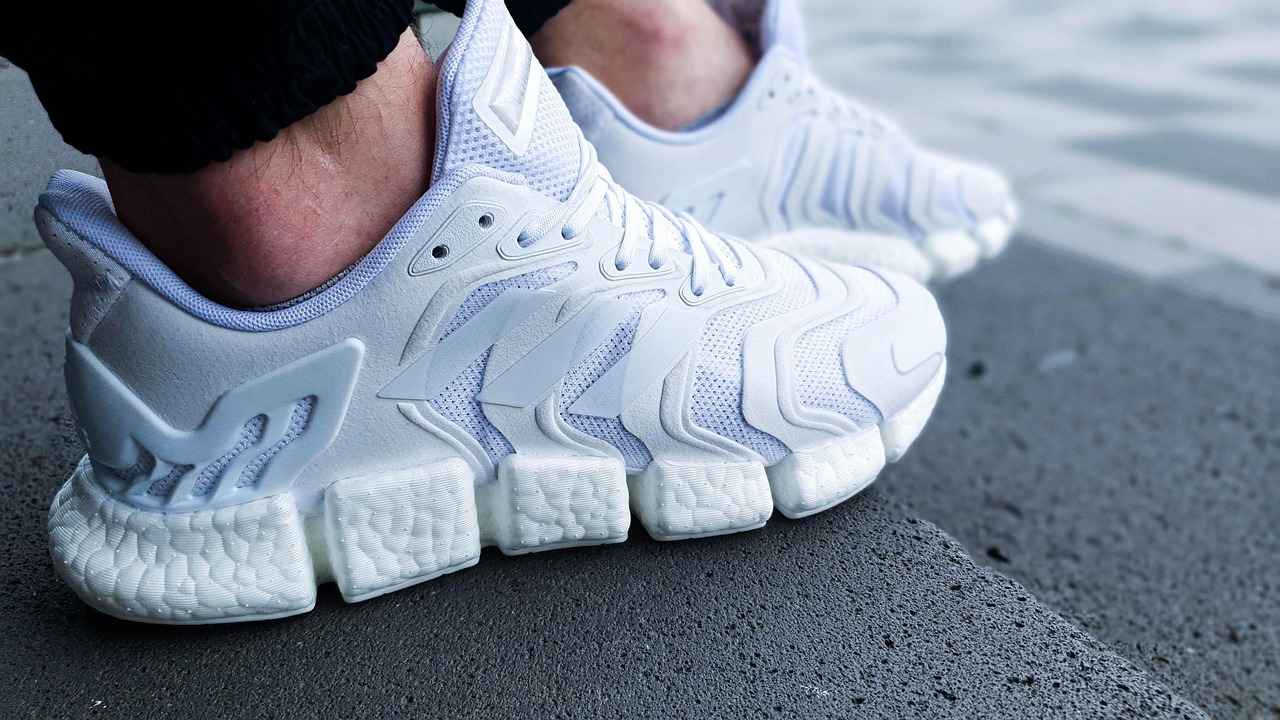
The Future of New Balance
is poised to be an exciting chapter in the brand’s storied history. As it continues to blend innovation with style, New Balance is set to explore new horizons that resonate with both athletes and fashion enthusiasts alike. This section delves into potential trends and developments that may shape the brand’s future.
- Technological Advancements: New Balance has a rich legacy of integrating cutting-edge technology into its products. Future releases may see enhancements in smart footwear that tracks performance metrics, providing athletes with real-time feedback.
- Sustainability Initiatives: With a growing emphasis on eco-consciousness, New Balance is likely to expand its commitment to sustainability. Expect to see more products made from recycled materials and a focus on reducing carbon footprints throughout the manufacturing process.
- Collaborative Collections: The brand’s strategic partnerships have proven successful in the past. Future collaborations with renowned designers and influencers may further elevate New Balance’s presence in the fashion world, appealing to a broader demographic.
- Customization Options: Personalized products are gaining traction in the retail space. New Balance might introduce more customizable options, allowing consumers to tailor their footwear to their specific needs and style preferences.
- Global Expansion: As the brand continues to grow, there may be an increased focus on expanding its global reach. New Balance could target emerging markets, tapping into new customer bases eager for high-quality athletic wear.
As New Balance looks to the future, it is clear that the brand will strive to maintain its identity while adapting to the ever-changing landscape of both sports and fashion. With a commitment to innovation and sustainability, New Balance is well-positioned to remain a leader in the industry, captivating consumers with its blend of performance and style.
Frequently Asked Questions
- What is the history of New Balance?
New Balance was founded in 1906, originally as a manufacturer of arch supports. Over the years, it evolved into a leading athletic shoe brand, making significant strides in both performance and style.
- What innovations has New Balance introduced in athletic footwear?
New Balance has prioritized innovation with technologies like ENCAP and Fresh Foam, which enhance comfort and performance, setting them apart from their competitors in the athletic footwear market.
- How has New Balance impacted popular culture?
New Balance has transcended its athletic origins to become a fashion staple, heavily featured in streetwear and endorsed by celebrities, thus influencing modern fashion trends.
- What sustainability efforts is New Balance involved in?
New Balance is committed to sustainability by using eco-friendly materials and engaging in community initiatives, aiming to reduce their environmental impact while promoting social responsibility.
- What can we expect from New Balance in the future?
Looking ahead, New Balance aims to continue its legacy of innovation and style, adapting to future trends while maintaining its commitment to quality and performance.


